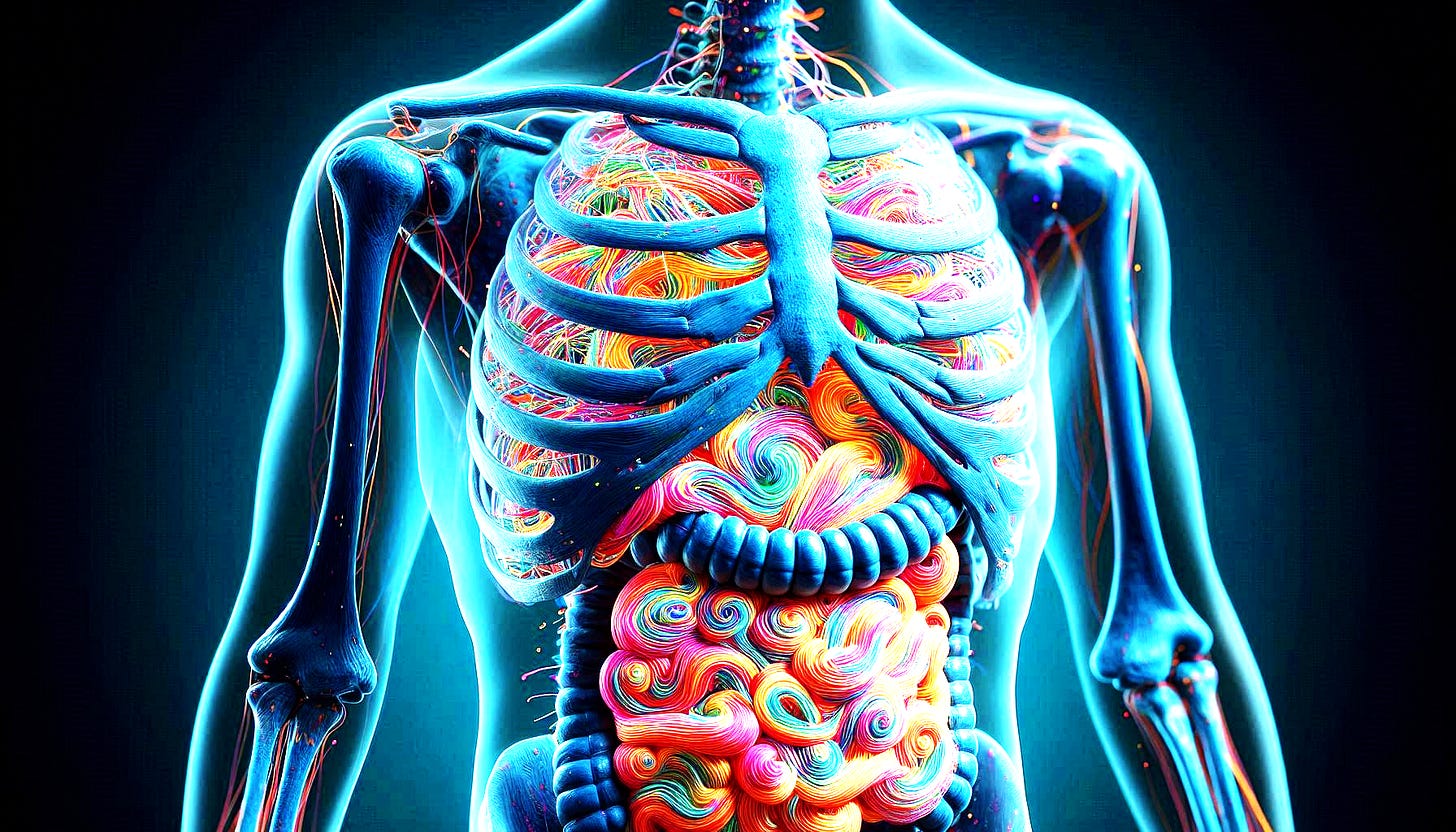Prevent bone loss by fixing your gut
With age comes osteoporosis, but not necessarily
Everything in health is connected. The central connecting point, it is becoming increasingly clear, is the gut and the life it nurtures. Awareness of the gut-brain and the gut-skin axis has brought to light other connective pathways, including the gut-bone axis.
When it comes to maintaining bone density, the standard recommendation is to increase levels of calcium and other critical nutrients, alongside weight-bearing exercise. But without good gut health, you can throw as much calcium as you like at your bones but it’s not going to stick.
The gut-bone axis is the bidirectional communication between the collection of organisms living in the gut, called the microbiome, the metabolites they create, and their effect on bone metabolism.
If you create a happy, healthy environment for your inner life, you will be repaid in kind. But if the environment is tempestuous and hostile, the relationship will break down. One possible outcome, for your bones, is osteoporosis.
This condition arises when bones lose their density and become fragile and vulnerable to fracture. It is usually seen as an age-related disorder, and it is one that has grown into a global crisis.
In the UK, approximately one in two women and one in five men, over the age of 50, can expect to have an osteoporotic fracture in their lifetime. In the US, it is estimated that more than half the population has low bone density. The hips, spine and wrists are most commonly affected.
Risk factors for osteoporosis include reduced oestrogen (in postmenopausal women), certain medications, lack of weight-bearing exercise, poor diet, smoking and excessive alcohol intake. To that list we should add gut disturbances.
Bone is constantly remodelled. Old bone is broken down by cells called osteoclasts and are replaced by new bone cells, formed by osteoblasts.
Bone remodelling is a balance between bone formation and resorption, and the synergist action of osteoclasts and osteoblasts maintains homeostasis. When homeostasis is disrupted, and resorption exceeds formation, osteoporosis develops.
Where the microbiome comes in
An increasing number of studies suggest that the ‘severity of bone loss is also associated with alterations in gut microbiota’.
Keep reading with a 7-day free trial
Subscribe to Your Nutritionist Recommends to keep reading this post and get 7 days of free access to the full post archives.


